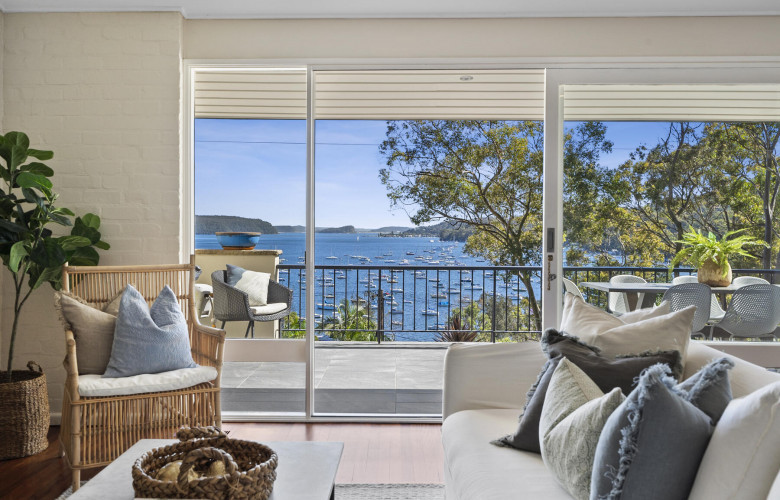John McGrath – What key amenities are worth
Contact
John McGrath – What key amenities are worth
John McGrath, Chief Executive Officer of McGrath Estate Agents, looks at the common question in real estate, how much are certain amenities actually worth?
A common question in real estate is how much certain amenities are actually worth.
For example, if you’re buying a property with a north aspect, how much of a premium should you expect to pay? If you’re buying next to a lovely big park, how much is that greenery worth in dollar terms?
Here is a list of the key amenities you should look for when buying, and what they are worth in my view.
Location and position
Sought-after areas and streets within those areas remain the no 1 driver of demand and therefore value.
The biggest location driver currently is beachside or harbourside living. After COVID, more buyers are working from home and therefore reprioritising lifestyle above access to the CBD.
Living close to water is a common desire among Australians. But convenience is also important. Buyers also want to live in locations with good access to schools and recreational amenities.
The old real estate saying, ‘location, location, location’ relates not just to suburb choice but the position within that suburb, too.
Say you’ve identified a desirable suburb you want to buy in, but your budget limits you to homes in poorer streets. Don’t do it.
Look to the surrounding suburbs and buy in the best streets there, instead. It’s better to buy a great position in a good suburb than a poor position in a great suburb.
A great location and position are priceless.
Aspect
North-facing will often outperform south-facing by 20%-25% in value.
With houses, you want a north aspect at the rear so the backyard and main living areas of the home have plenty of natural light.
With apartments, you ideally want the main indoor and outdoor living areas to be facing north.
Infrastructure
New roadways, tunnels and rail links can add 30% to home values in a short period of time, as commuting stress and time delays are reduced or eliminated for local residents.
Open green space
With the rise of medium density living in our major capital cities, public green spaces have gained importance as a lifestyle feature.
This is especially true in expensive inner city areas. Young families who can’t afford homes with big backyards for their kids to enjoy will place a very high value on access to big local parks.
People also really appreciate pleasant leafy streetscapes in Australia. The more trees in a suburb and street, the more people will pay. I’d say greenery adds 15% to local home values.
Villages
More people are working from home and they’re seeking out areas with vibrant local communities and villages when looking for their next residence.
Since COVID, café culture and local village shopping are even more attractive as people return to loving local more.
Cafes, rather than pubs, are our preferred space for meeting old friends and discussing the important issues of the day. They are an important part of our social lives.
A popular café builds a sense of community and adds great appeal to a neighbourhood. A nice retail village with delis and boutiques often gives a suburb its unique sense of character.
A great village can add 10% to home values.
Use these estimates to help determine what you should pay when buying a property, and the premium you should expect when it comes time to sell.
The views expressed in this article are an opinion only and readers should rely on their independent advice in relation to such matters.
For more information including articles, checklists, guides and more visit McGrath’s Insights Centre.
Similar to this:
John McGrath - How to find the sleeper suburbs
John McGrath – Investor tips for your tax return in FY23
John McGrath – The home ownership choices of the Boomers, Gen X & Millennials





